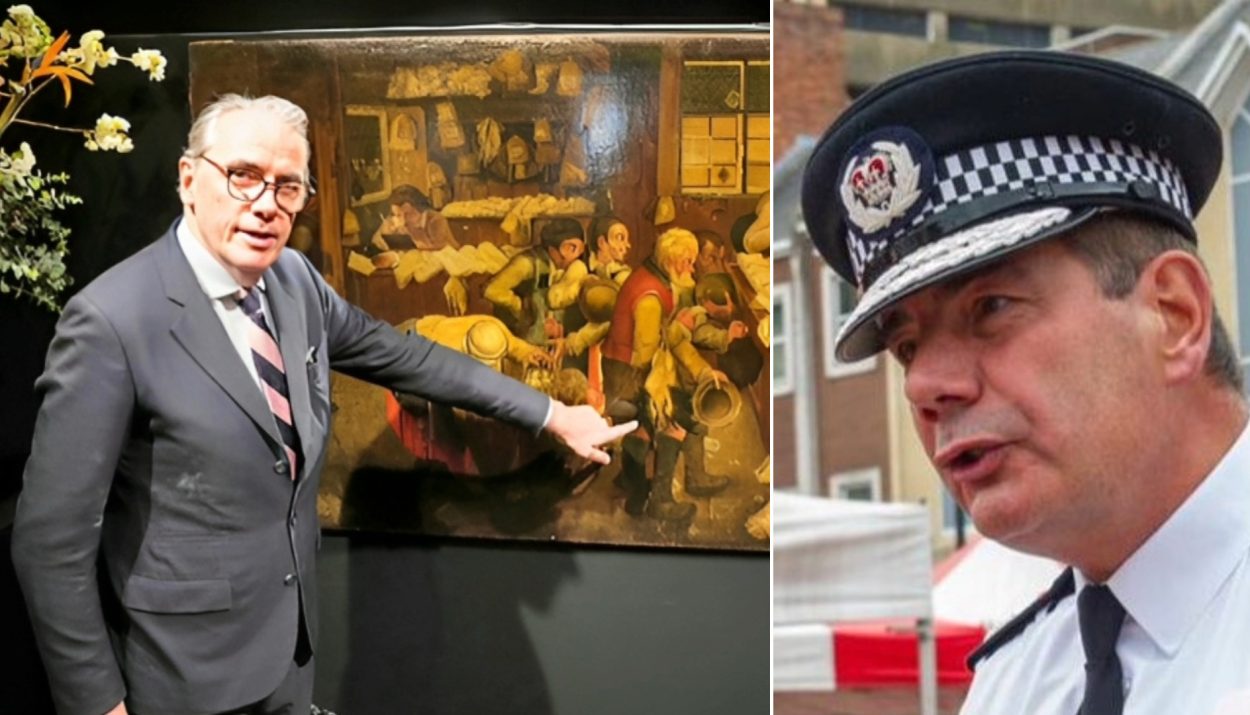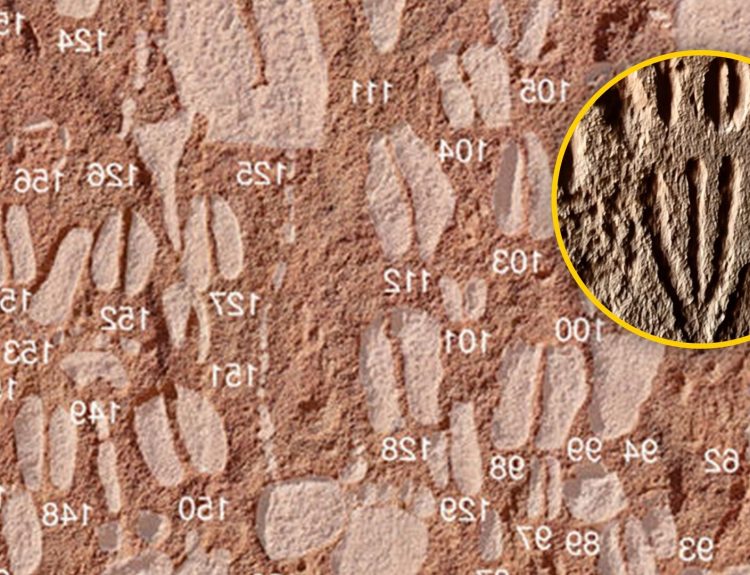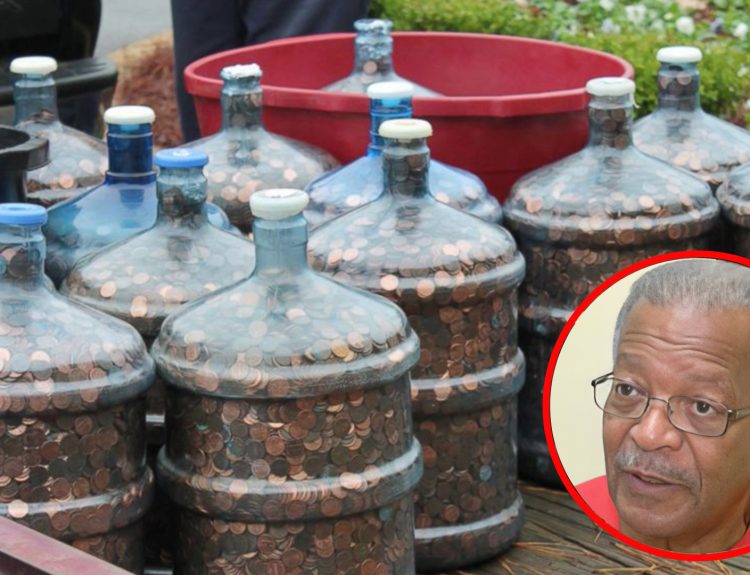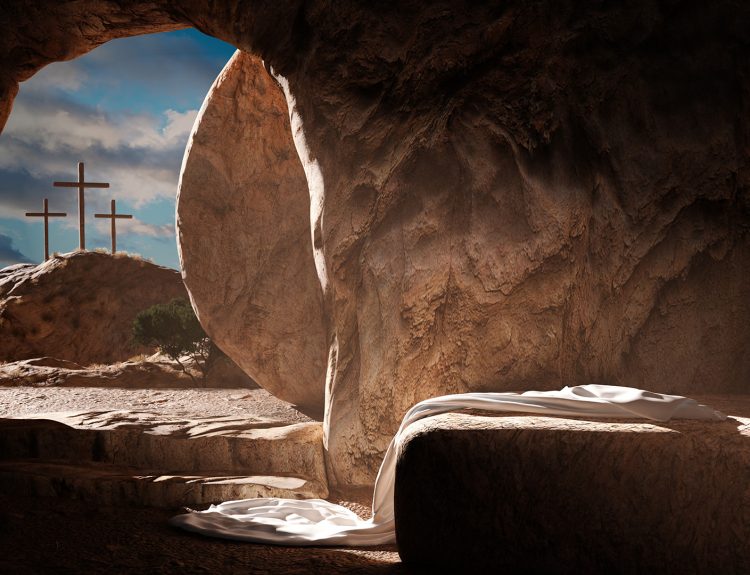Since about 1900, a framed painting has been hanging on the wall of a French family’s estate home. None of the current members of the family know which one of their ancestors first acquired the artwork or how they came to own it. Its origin story is unknown.
At some point, an art-loving member of the family recognized the style of the painting as being similar to that of 17th century artist Pieter Brueghel the Younger but was certain that it was a fake … a knock-off of the original. Imagine everyone’s surprise when the “fake” turned out to be the real deal!
A Chance Discovery
The French family, who wish to remain anonymous, often joked about their “fake” masterpiece, calling it “the Brueghel.” They assumed the whimsical 44-inch by 72.4-inch canvas was nothing more than a dusty piece of wall art.
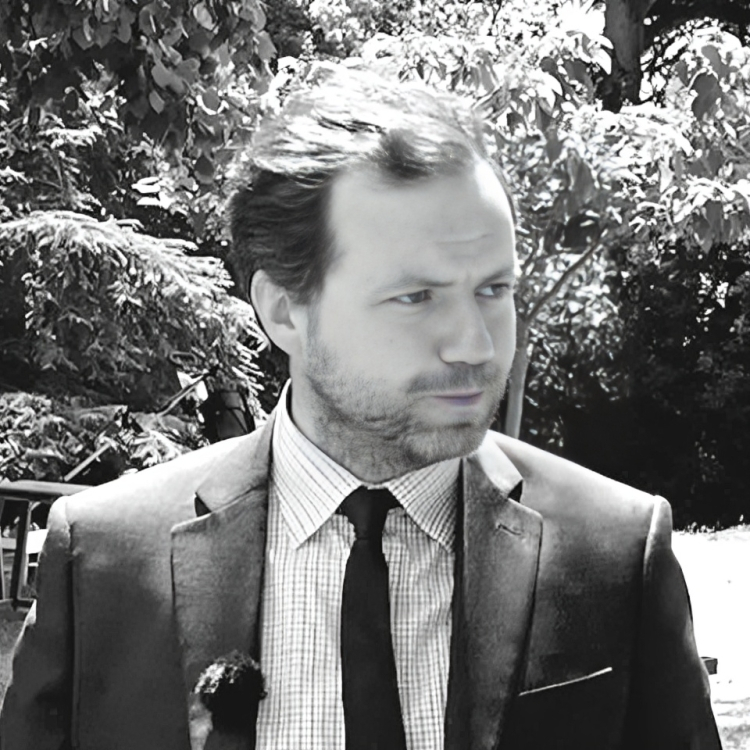
That all changed about a year ago when the head of the family invited Malo de Lussac of the Daguerre Val de Loire auction house to come to the family estate to appraise some of the other paintings. In a living room, De Lussac happened to spot a painting hanging behind the door. It was only partially visible, yet he knew he had to take a closer look.
A Rare and Exceptional Painting
It turns out, the painting was the real deal … a piece by Pieter Brueghel the Younger called “The Village Lawyer” that was created between 1615 and 1617. One of the largest paintings made by Brueghel the Younger, “The Village Lawyer” depicts a legal office in a rural European setting.

How “The Village Lawyer” came into the possession of this family is a mystery, but they owned an historically and culturally significant work for more than a century without realizing it. Not only is this piece important to art history, but it is also quite valuable … as we will soon see.
Who was Pieter Brueghel the Younger?
Pieter Brueghel the Younger was a Flemish painter born in Brussels, Belgium, in 1564. He was the son of the renowned Renaissance artist Pieter Bruegel the Elder. Following in his father’s footsteps, Brueghel the Younger became known for his skillful reproductions of his father’s works, particularly landscapes and scenes depicting peasant life, as well as for his own original paintings.
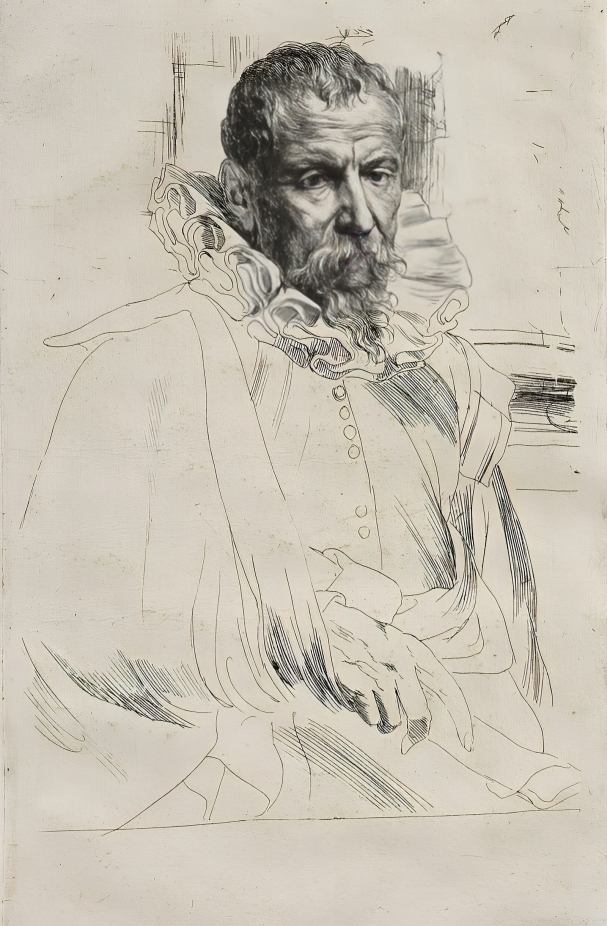
His paintings often featured lively and detailed depictions of rural activities, festivals, and proverbs. While he lacked the innovative vision of his father, Pieter Brueghel the Younger demonstrated technical proficiency and a keen eye for capturing the charm of everyday life.
“The Village Lawyer“
Like his more artistic father, Pieter Brueghel the Younger’s style featured bold, bright, and energetic scenes of everyday life. “The Village Lawyer” is one of his best-known original works. It shows the busy, rather chaotic office of a local lawyer whose desk is cluttered with paperwork and decrees. A host of peasants are on hand to pay for their legal fees with eggs, grain, and chickens.
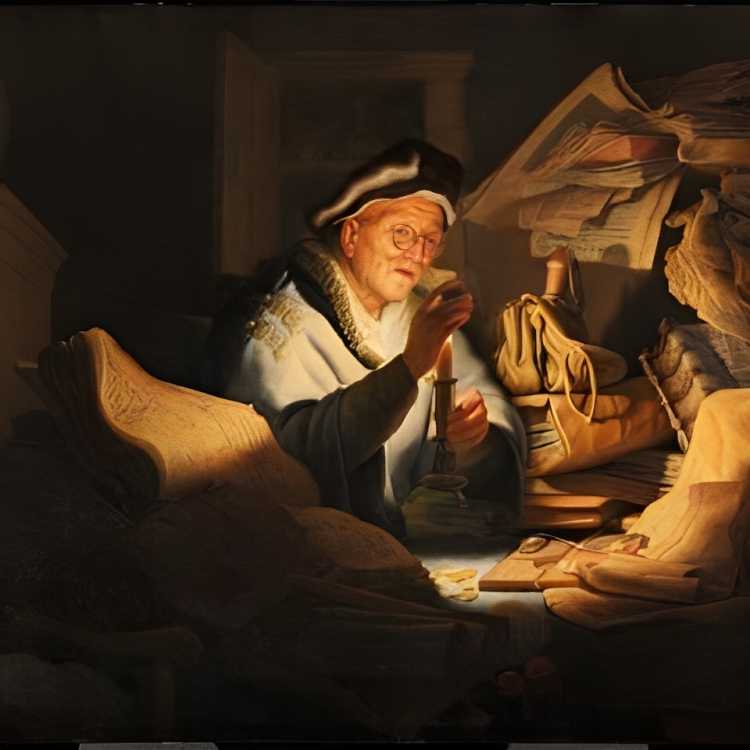
Brueghel the Younger, a keen observer of rural life, operated a successful workshop in the late 1500s and early 1600s in which he copied his own art as well as the art of his father. It is believed that Brueghel the Younger made about 25 originals of “The Village Lawyer” between 1615 and 1622. Today, 19 signed and dated versions are known to exist … including this recently discovered one.
Pieter Brueghel the Younger Made His Living Copying Art
During the Renaissance era, the practice of copying a famous artist’s work was considered acceptable, not a form of plagiarism. Artists relied on the apprenticeship system to train young artists. They would learn their trade by copying the works of master artists. Pieter Brueghel the Younger learned from his father.
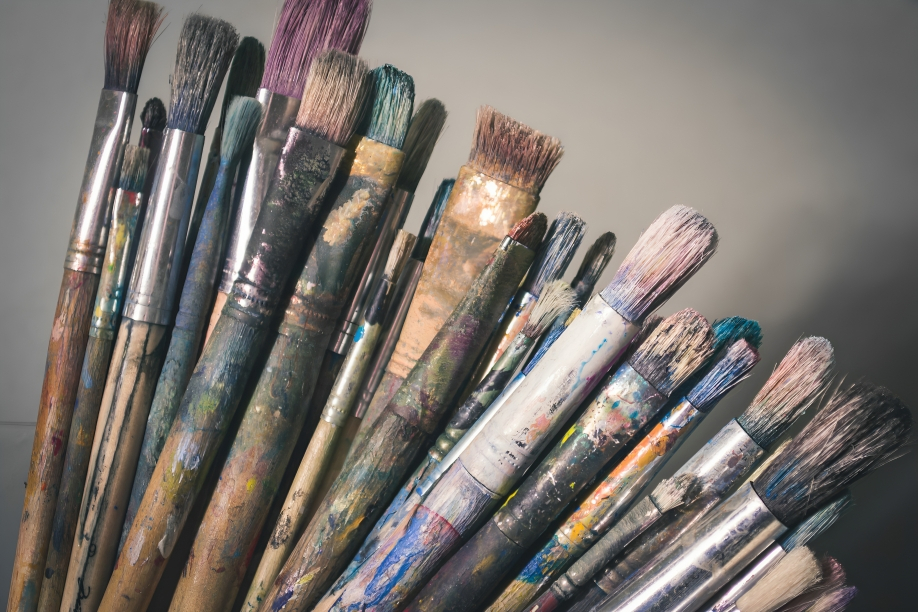
At this time, the idea of intellectual property did not exist. Artistic ideas were seen as part of the communal cultural heritage, therefore copying them was a form of flattery, not plagiarism. In addition, copying famous paintings helped to satisfy the demand of art, which was at an all-time high during the Renaissance.
A Version Hangs in the Louvre
“The Village Lawyer” – also called “The Tax Collector’s Office”, “The Lawyer of Bad Cases”, “The Payment of the Tithe”, and “The Notary’s Office” – is one of Pieter Brueghel the Younger’s most recognizable works in part because millions of visitors each year can see one of his signed versions of this work.
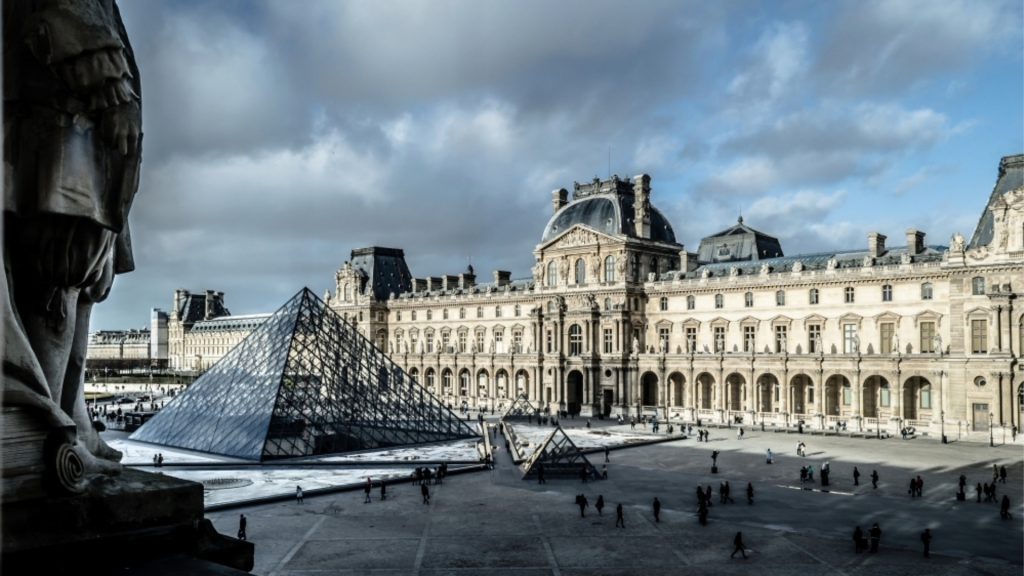
An authentic, signed version of “The Village Lawyer” hangs in the Louvre in Paris. Although Brueghel the Younger’s piece may not be as famous as Leonardo da Vinci’s “Mona Lisa” or the ancient Greek statue, “Venus de Milo”, it still shares a home with these icons of art.
Selfies with “The Village Lawyer“
According to Malo de Lussac, the French family was stunned to learn the truth about their “fake” painting. “When we sent it to Germany for expert verification that confirmed it was a Brueghel and they understood the importance of what they had, they asked us to take a photograph of them in front of the painting that they had lived with for all those years,” De Lussac added, “It was both funny and touching.”
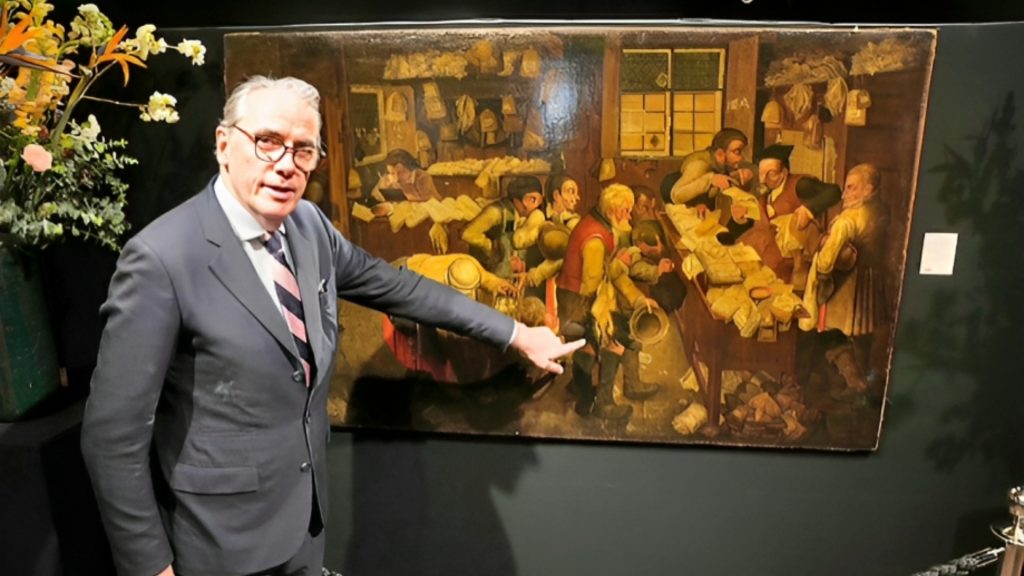
The family initially planned to share the amazing story on social media but opted to keep the photograph off the internet to preserve their anonymity. As for De Lussac, he explained, “It is one of those unique finds that happens once in a career.”
“The Village Lawyer” Was Sold at Auction
According to De Lussac, “It’s a very unusual painting in terms of size and the fact that it is in exceptionally good condition.” Once “The Village Lawyer” was verified by the German experts and received its letter of authenticity, plans were made to sell the rare painting at auction.
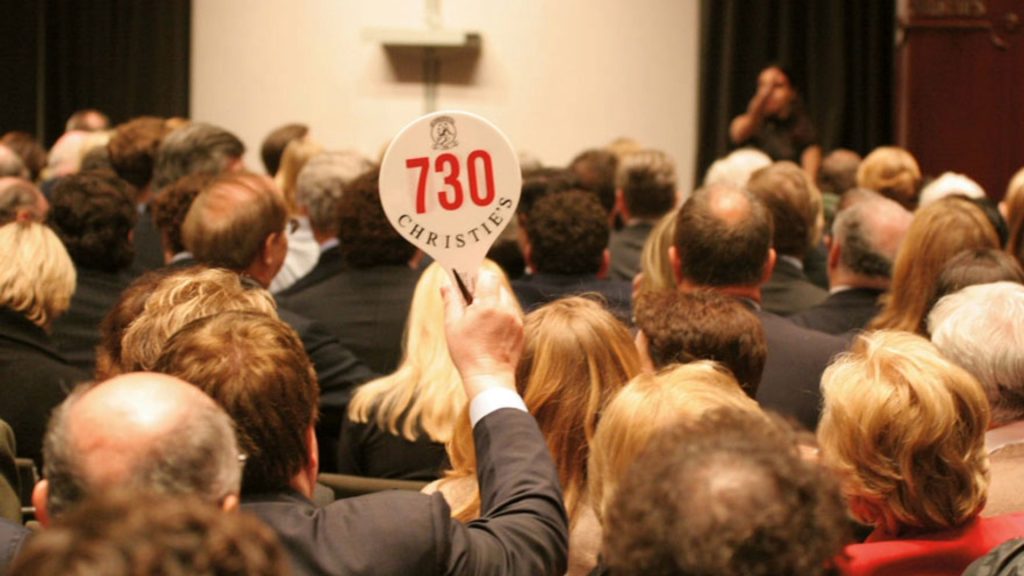
The auction was held in Paris on March 23, 2023. The winning bidder, a buyer representing an anonymous art collector from Switzerland, paid $845,000 for the original Pieter Brueghel the Younger work.

